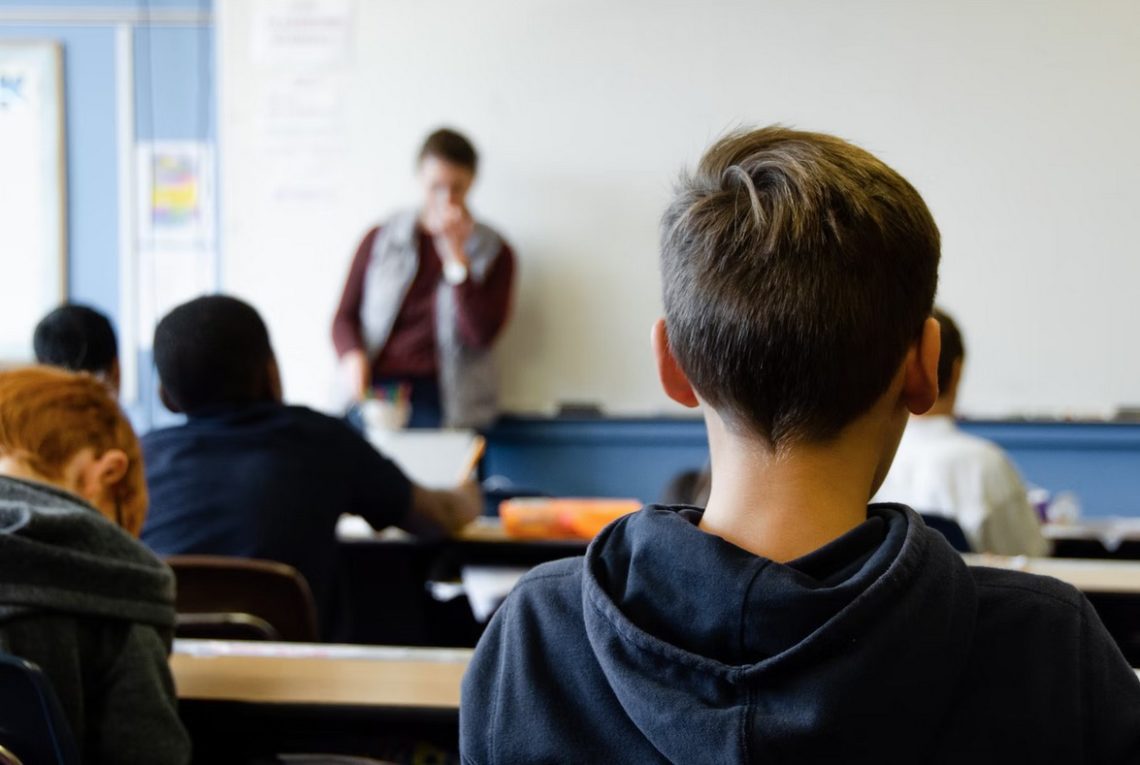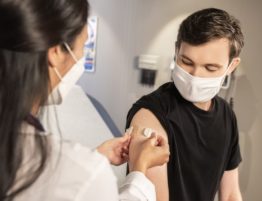
When COVID-19 hit in 2020, it sent reverberations across the world. Stay-at-home orders, limited public gatherings, remote instructions for students and the switch to work-from-home, have all had major impacts on the family unit with children affected the most. The fallout from the pandemic has now produced numbers that show kids being set back several months between mathematics and reading comprehension. More than that, the instability the pandemic has provided everyone threatens the mental health of children across the world with parents growing increasingly concerned for their children’s wellbeing. The constant setbacks and mental toll the pandemic had on the youth threatens to impair this generation’s opportunities and chances for growth into adulthood.
Educational impacts
With all of the setbacks the world has seen as a result of COVID -19, kids are now at an increased risk of finishing school without the tools, knowledge, and skill set needed to succeed in college and in the workforce. Since the start of the pandemic in 2020, kids are now projected to be four to five months behind in different aspects of their education like mathematics, science, and reading comprehension. At such a developmental time in their lives, any setbacks could have huge impacts on their learning and development. Kids need structure and consistency if they are to be set up with the tools necessary to succeed in life, and one thing we know for sure is the pandemic has brought nothing but instability in the lives of everyone.
Schools however, recognize this growing concern and have received federal relief money and have invested that back into traditional programs like learning loss and summer school. School districts are now being encouraged to pour some of that money into mental health.
Mental health impacts
It’s been a year of loss. Kids have not only missed out on a large chunk of learning time, but they have also experienced the loss of family members, caregivers, and social isolation due to the pandemic. Adults, parents, and caregivers might have experienced job loss or economic setbacks related to the pandemic. These swift changes to home life have had an incredible impact on the mental health of all involved, especially children.
This major hit on such a developmental time in a child’s life has led parents to have increasing concerns over their child’s mental, social, and emotional well-being. So much so, the federal Centers for Disease Control and Prevention noted how department visits for suspected suicide attempts among the youth has increased by 31% in 2020 compared with the previous year. The decline in adolescent mental health is now being considered a national emergency.
Schools are not only making new investments into mental health, but many states are now enacting laws that aim to improve the mental health and well-being of students and teachers as well as promoting academic success.
How the two affect the family
The instability adolescents have seen in the development of their education is linked to their mental health with children who struggle academically and attendance being hit the hardest. Grades K-12 are seeing incredibly high dropout rates, missed attendance, and low re-registration numbers. Schools are struggling to adjust their curriculum in order to fit the needs of this current generation of students all while meeting the restrictions the pandemic has made on public places.
More than that, these abrupt changes and constant hits to the family unit have everyone stressed and concerned for the future. Parents have noted an increase in clinical mental health conditions in their children with anxiety and depression increasing. Parents are also noticing an increase in concerning behaviors like social withdrawal, anxiety, and inactivity.
Students that are experiencing this type of mental health decline are more likely to drop out of school or have increased absenteeism, while older children graduating high-school are not even enrolling in college. This disruption to academic learning affects the mental health of adolescents and in turn bleeds over into the home.
Impacts on parents
Children aren’t the only ones affected by the pandemic’s aftermath. Couples with families have been impacted as well with divorce rates, marriage counseling, and mental health issues also on the rise among this group. A good portion of families have found a way to strengthen relationships and bonds during all the chaos and disruption, while many relationships have failed as a result of those same factors.
Since the beginning of the pandemic in 2020, the U.S. has seen a 34% increase in divorce agreements. Many disagreements couples seem to face center on parenting through COVID and specifically how it relates to their children. Whether it’s conversations around education or vaccinations, parents are seeing increased conflict in their relationships. Healthy outlets to vent to friends and family have also been stunted due to stay-at-home orders and social distancing measures.
Moving forward
How will this generation come back from such a hard hit to their education and emotional development? This nation needs to pave a path forward that addresses the increasing mental health / educational issues faced by adolescents and find ways to increase this generation’s prospects and provide a future full of hope for kids still struggling with the fallout from the pandemic.










